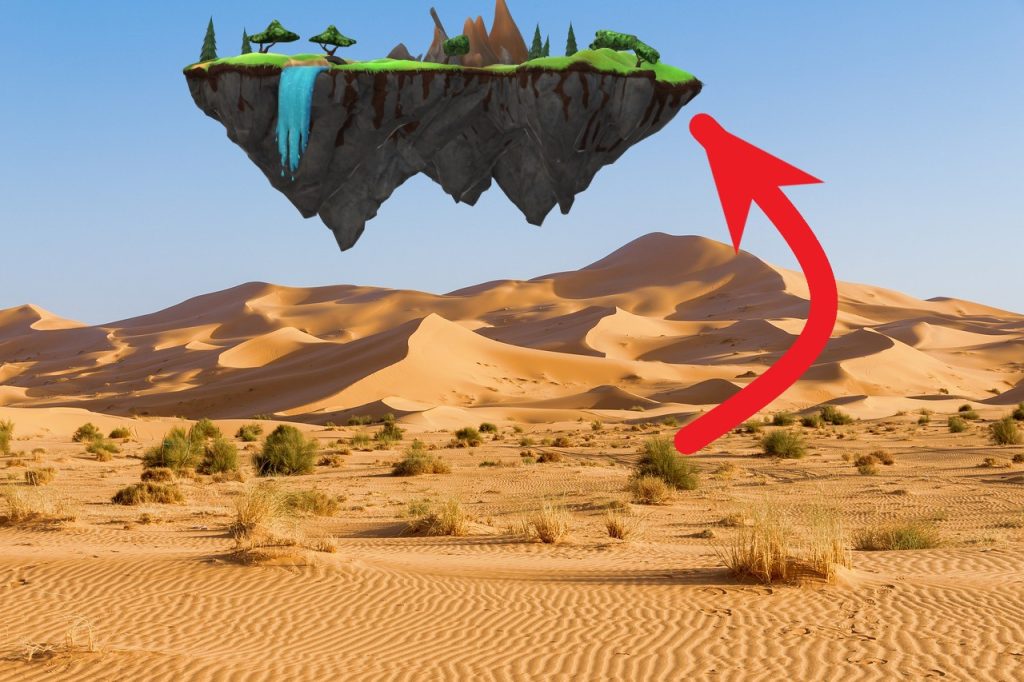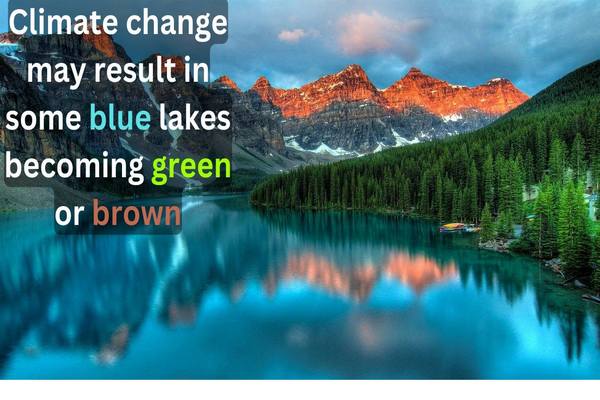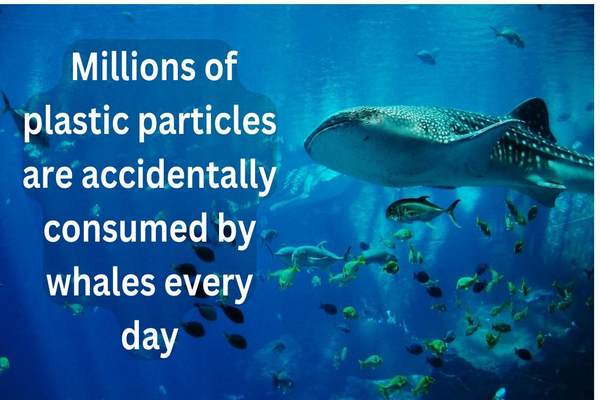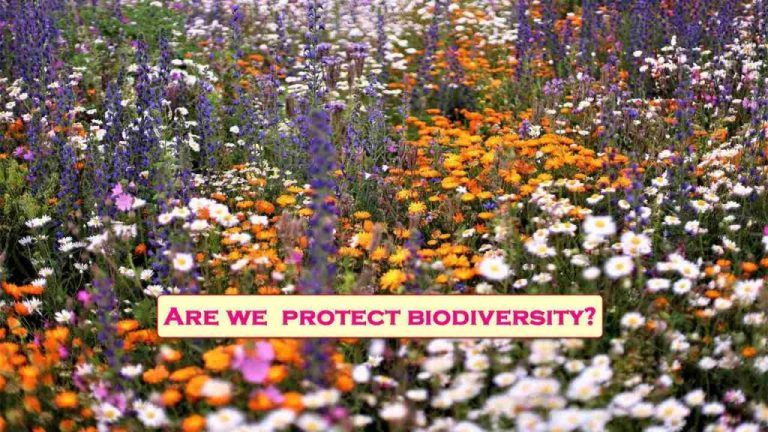Whether or not the Sahara will ever be green again is an open question.

The following are some of the most general and widely held beliefs about the Sahara desert;
There’s no way that the Sahara will ever be green again. The Sahara is one of the most extreme deserts on Earth, and it doesn’t get much more extreme than the Sahara Desert. The Sahara is made up of sand and hot air, and it’s not going to get any greener than it is now.
There’s no way that the Sahara will ever be a place where you can grow crops again. The Sahara is one of the most desert-like environments on Earth, and it doesn’t get much more arid than the Sahara Desert.
There’s no way that the Sahara will ever be a place where you can find any water again. The Sahara is one of the most difficult deserts to navigate, and it’s not going to be easy to find any water resources in the Sahara.
There’s no way that the Sahara will ever be a place where you can find any animals again. The Sahara is one of the most animal-less deserts on Earth, and it doesn’t get much more animal-less than the Sahara Desert. There’s no way that the Sahara will ever be a place where you can find any trees again. The Sahara is one of the most difficult deserts to find any trees, and it’s not going to be easy to find any trees in the Sahara.
However, climate specialists have different opinions than those described above.
There could be more rain in the Sahara and the Sahel in the future as a result of climate change. African humid periods, which took place in the past, saw a mesic landscape instead of the hyperarid and semiarid environment we see today. In light of the growing human-caused climate, land-use, and land-cover changes, we wonder if the near future will be like the past. In the last few decades, geoengineering projects have been proposed that could have a big impact on the climate in the region. These projects could be in the form of active re-greening projects in the Sahara and Sahel.
Between 11,000 and 5,000 years ago, when the last ice age came to an end, the Sahara Desert changed. Green vegetation grew on top of the sand dunes, and more rain made dry caves into lakes. Most of Northern Africa turned green. This attracted animals like hippos, elephants, antelopes, and aurochs (wild relatives of domesticated cattle), who feasted on the lush grass and shrubs that thrived there. This lush paradise is long gone, but could it ever come back to life again?
Is the answer “yes”? Green Sahara, or the African Humid Period, was caused by the Earth’s orbital rotation around its axis, which changes every 23,000 years, says Kathleen Johnson, an associate professor of Earth systems at the University of California Irvine. The Green Sahara is also called the African Humid Period.
What fascinates climate scientists about the Green Sahara is its sudden appearance and disappearance. Johnson stated that it took only 200 years to eradicate the Green Sahara. Solar radiation changed gradually, but the terrain shifted unexpectedly. “It’s an example of abrupt climate change on a human level,” she explained.
“Sedimentary records indicate that the Green Sahara occurs periodically,” Johnson told Live Science. The next Northern Hemisphere summer insolation maximum – at which the Green Sahara could resurface — is projected to occur approximately 10,000 years from now, in A.D. 12000 or 13000. However, scientists are unable to forecast the impact of greenhouse gases on this natural climatic cycle.
Another theory suggests that the Sahara could be filled with groundwater that has been seeping out from under the sand dunes, which could bring back vegetation and rain.
There is no one definitive answer to whether the Sahara Desert can ever be resurrected again, but if it does, it would be a huge success for humanity.






